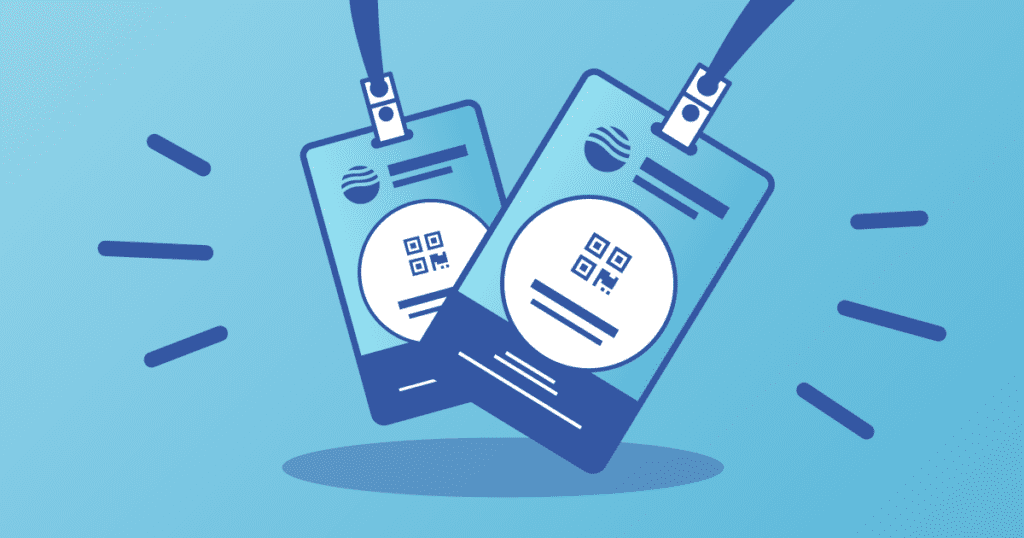Part 3: Steps and Considerations to Get Started
Now that you have a better idea of some of the do’s and don’ts to follow when creating your event website, it’s time to get started. By following these general steps and keeping some important considerations in mind throughout the process, you’ll ultimately be able to design and launch an event website that encourages registration and provides attendees with all the information they need!
Find an Experienced Web Designer
Let’s be honest: You’re an event planner, not a web designer—and free website-building tools can only get you so far. If you want to end up with a truly professional and polished event website, you need to work with a developer, marketing company, or web designer who does this kind of work for a living. Specifically, it’s a good idea to do some research and find a web designer who has specific experience in creating event websites; don’t hesitate to ask for examples, references, or an online portfolio.
Establish Your Audience and Outcomes
When you meet with your web designer for the first time, one of the most important aspects of your meeting should be establishing your site’s target audience and outcomes. This is where you’ll need to have done a little research on things like your target attendee demographics; by knowing, for example, the average age of your attendees, your web designer will be able to better design a site that suits their needs. And while the ultimate goal or outcome of your site will likely be getting people to register for your event, you should have other outcomes as well.
Research Your Competition
It’s also not a bad idea to do a little background research on your competition—or events that are similar to yours. Check out their event websites and take note of what they’re doing right as well as what they’re doing wrong. While you certainly don’t want to “copy” your competitors’ websites, you can use the information you find as inspiration. You should also pass this information along to your web designer to give him or her a better feel for what you’re looking for (or wanting to avoid, as the case may be!).
Don’t Forget About SEO
Finally, don’t overlook the importance of search engine optimization (SEO) efforts when creating your event website. The higher your event site ranks on the search engine results pages (SERPs), the more likely you’ll be to bring in new registrants and the more widely known your event will become. If your web designer doesn’t offer SEO services, you might consider working with a marketing company that can handle your site’s SEO for you. There are also some steps you can take to improve your site’s SEO, such as creating useful and unique content, maintaining an event blog, and even using social media to your advantage.
While the process of planning, creating, and implementing a successful event website may seem daunting, these tips and tricks will make things a lot easier for you—as will having the right team of web design and marketing professionals on your side. Having access to great online event management tools, such as Expo Pass, can also help to streamline your site. From the ability to easily embed registration codes to other handy event management tools, Expo Pass is a simple and affordable platform that will make your life easier.
Part 1: Don’ts of Event Websites
Part 2: Do’s of Event Websites
Part 3: Steps and Considerations to Get Started



